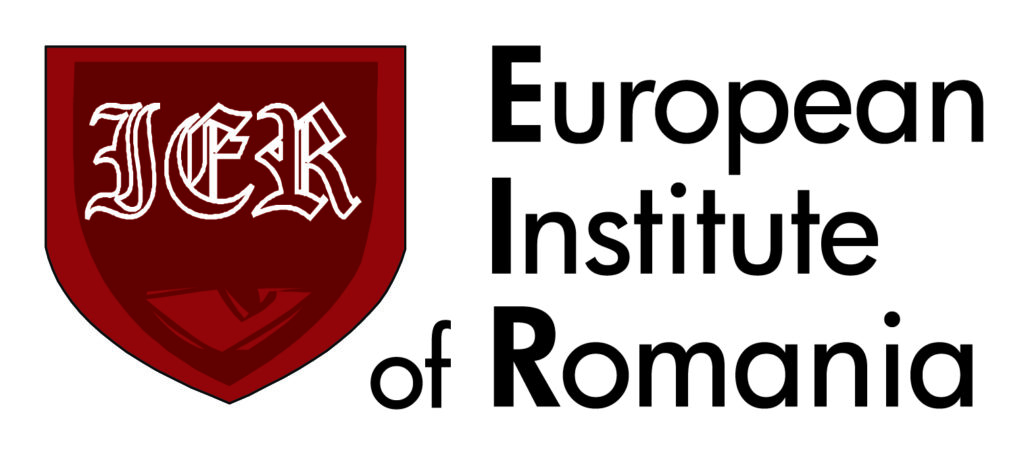Key points:
– The Digital Silk Road covers a wide range of digital, physical, and platform technologies and services;
– most of the surveyed countries have strong ties with the US in terms of defence and industry; however, not all of them took steps to avoid the risk of integrating Chinese technology into their national digital systems;
– the analysed countries found themselves in the middle of the technological rivalry between the USA and China;
– Chinese companies have demonstrated the ability to implement flexible strategies.
During the online discussion organized on 26 June 2021 by the International Institute for Strategic Studies (IISS), British research institute, titled “China’s Digital Silk Road: integration into national IT infrastructure and wider implications for Western defence industries” were presented conclusions from the analysis of the situation in five countries: Indonesia, South Korea, Israel, the United Arab Emirates, and Poland.
Indonesia and South Korea
Alexander Neill, Executive Director of Alexander Neill Consulting, started the discussion by presenting the situation in Indonesia and South Korea. As he pointed out, the digital security sector in Indonesia is in the early stages of its existence. At the same time, Korea has an advanced network and a well-developed cybersecurity sector.
Chinese technology is widespread in both countries. Technology giants from the Middle Kingdom are investing there using long-term strategies and, apart from building technical infrastructure, are also opening training centres.
China has basically built Indonesia’s critical digital infrastructure from scratch. Huawei is present in all areas of the country’s digital infrastructure. The potential future tensions between Indonesia and China, resulting in Beijing adopting an aggressive strategy, could pose a significant threat to the country’s cybersecurity.
The Republic of Korea, although a powerful exporter of ICT, is not self-sufficient in this regard. China is an important supplier to the Korean manufacturing base. On the other hand, the United States is putting pressure on the Korean government to obtain assurances that Chinese activities do not pose a threat to US forces stationed in Korea; to break out of the current ICT supply chain; and avoid Huawei’s presence in 5G networks.
Israel and the United Arab Emirates
As Camille Lons and Nawafel Shebab (the IISS-Middle East office in Bahrain) stated, Israel and the United Arab Emirates constituted the most interesting cases in the Middle East region. It is for the reason that both countries have the most advanced technological ties with China and, at the same time, work closely on security with the US.
Israel has the most advanced ICT ecosystem in the region. The possibility of including the Chinese 5G system was not considered by the authorities in Tel Aviv due to the awareness of the potential threat to Israel and concern from the US. On the other hand, Chinese investments in Israeli start-ups and companies enabling technological transfer from Israel to China are more visible. Although they give Israeli companies access to the colossal Chinese market, local start-ups and other Israeli entrepreneurs prefer to work with Western partners.
UAE is not a technological producer, but at present, there is a very strong political will to digitalize their economy and to massively invest in new technologies. Abu Dhabi aims to strengthen cooperation with Chinese technology companies in research and development, security technology, and citizen control. However, due to increasing US pressure, Gulf telecommunications companies have made many efforts to avoid dependence on Chinese Huawei.
Poland
Scott Malcomson, director of special projects at Strategic Insight Group, pointed out that Chinese technology giants appeared in Poland in the middle of the first decade of the 21st century with a large advertising and image campaign. Initially, it brought very good results. The Chinese government established a number of Confucius Institutes at Polish universities, and Warsaw became the regional headquarters of Huawei. In 2019, a former Chinese government official who worked for Huawei and a former Polish security officer were charged with espionage. During this period, Poland changed its approach to the Chinese technological presence on our market and its development prospects.
Conclusions
Meia Nouwens, Senior Fellow for Chinese Defence Policy and Military Modernisation at the IISS summed up the discussion. She listed the main phenomena that were observed during the research. Both the Belt and Road Initiative and the Digital Silk Road are based on previous infrastructure investments in target countries. The Digital Silk Road covers a wide range of digital technologies, both physical and platform, and services. In a situation where the domestic market becomes saturated, Chinese technology giants faced the need to gain new absorptive foreign markets. All the countries discussed were examples of the mass sale of Chinese smartphones there, as well as the participation of the Chinese in the fourth industrial revolution. These countries are facing the necessity to develop the infrastructure of the ICT network. There is a visible commitment and collaboration between Chinese and local technology companies, start-ups, government, academic, and research institutions. Poland, Korea, and Israel were also a source of talent acquisition in the field of technological innovation.
All the countries surveyed found themselves in the middle of the US-China technological rivalry. The result was an increased effort by the U.S. government to influence domestic decisions to ban or restrict Chinese technology. However, the responses to the Americans’ efforts varied. The study also showed the ability of Chinese companies to adapt to changes and apply a flexible strategy. They engaged in philanthropic projects to maintain a positive image in the eyes of governments and the public. Almost all countries have strong defence and industrial political ties to the US, however, few governments have made any real efforts to mitigate the potential risk of integrating Chinese technology into their national digital ecosystems.
IF YOU VALUE THE INSTITUTE OF NEW EUROPE’S WORK, BECOME ONE OF ITS DONORS!
Funds received will allow us to finance further publications.
You can contribute by making donations to INE’s bank account:
95 2530 0008 2090 1053 7214 0001
with the following payment title: „darowizna na cele statutowe”

































Comments are closed.